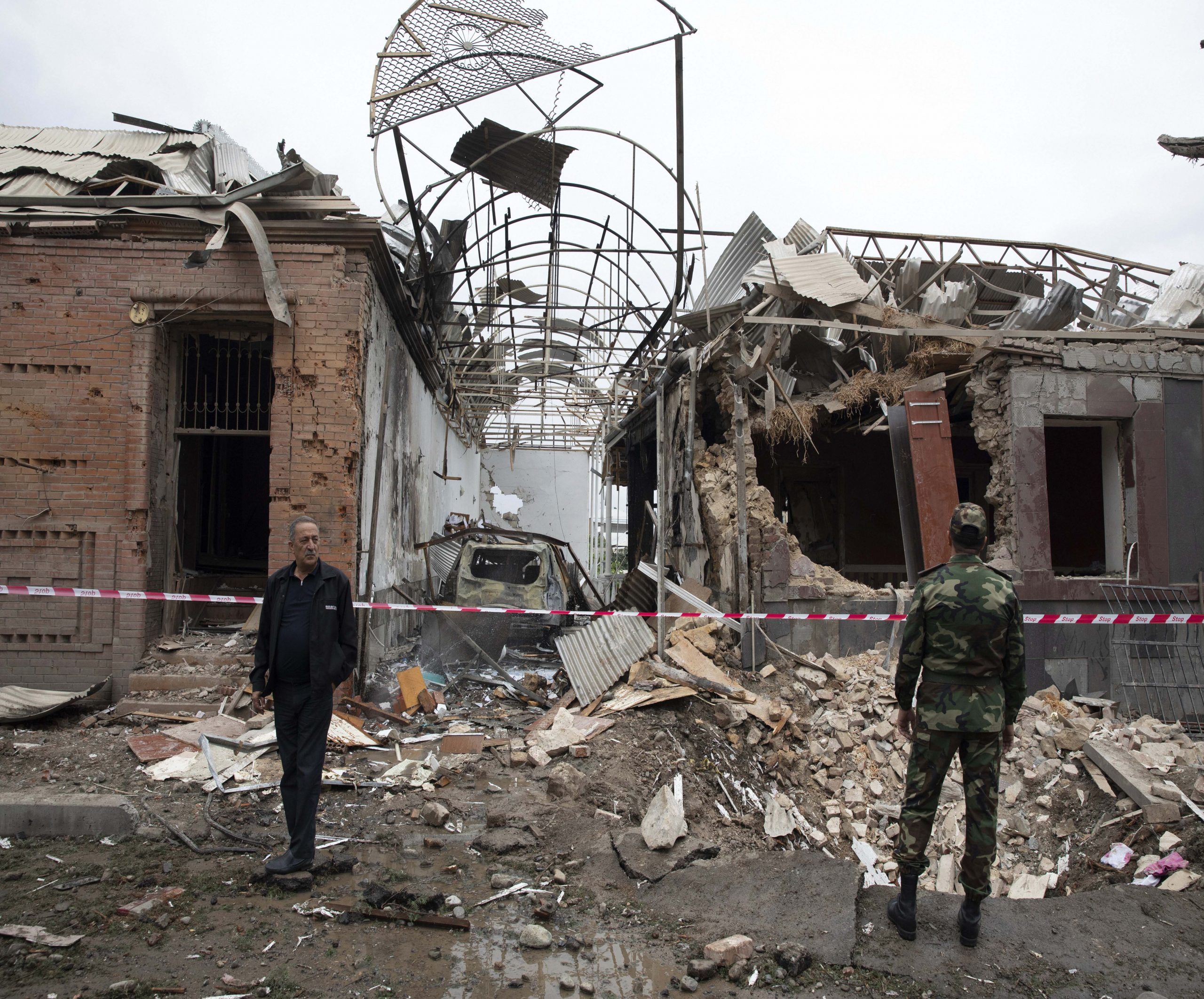The bloody conflict between Azerbaijan and Armenia is set to enter the fourth week with both the countries now shelling civilian regions. On Saturday, 12 civilians were killed in a missile attack in Azerbaijan’s city of Ganja, AFP reported. The strike came just hours after Azerbaijan’s shelling on Stepanakert, the capital of Nagorno-Karabakh — the disputed region which is in the middle of the conflict.

Although the two neighbours have fought since the 1990s, the recent flare-up is seen as one of the most serious in recent years. The fighting that began on September 27 has already left 700 dead.
Also read: ‘They wake up and cry’: Fleeing Azerbaijanis haunted by shelling
So, what is the disputed Nagorno-Karabakh region and why are Azerbaijan and Armenia fighting over it?
Nagorno-Karabakh is an internationally recognised region of Azerbaijan but has an ethnic majority of Armenians. It has been a part of Azerbaijan since the Soviet era, but it is largely controlled by Armenian separatists.
When the former USSR started collapsing in the late 1980s, Armenia’s regional parliament voted for the region’s transfer to Armenia. The demand, however, was turned down by the Soviets.
What followed were years of fierce clashes that left tens of thousands dead and thousands displaced.
In 1994, Russia brokered a ceasefire but till then, Armenian separatists controlled large portions of the territory.
Over the years, they have declared independence and have established a republic called the ‘Nagorno-Karabakh Autonomous Oblast’. But, neither Azerbaijan nor the world community recognises its independence.

The Armenian government, too, doesn’t recognise its independence but supports the region politically and militarily.
Turkey, Russia — the big players in the region’s geo-politics
Since the current conflict broke out, Turkey has thrown its weight behind Muslim-majority Azerbaijan, against Christian-majority Armenia.
Although Turkish President Recep Tayyip Erdogan had called for international cooperation to end the conflict, Armenia had accused Turkey of sending mercenaries, which Turkey has refused, AFP reported. Right after the conflict broke out, Armenia had claimed that a Turkish fighter jet flying in support of Baku’s forces downed one of its warplanes, AFP reported.
Russia has maintained good relations with both Azerbaijan and Armenia and sells arms to both. Although, President Vladimir Putin has called for a ceasefire, with Turkey throwing its weight behind Azerbaijan, its position could change as the two nations are in opposite camps in Libya and Syria.
On Wednesday, leaders of both the nation issued a statement, in which they “stressed the urgent need for joint efforts to end the bloodshed as soon as possible and move to a peaceful settlement of the Nagorno-Karabakh problem,” according to a Kremlin readout of the call.
Also read: Azerbaijan strikes inside Armenia as Karabakh fighting widens
Putin voiced “serious concern” over the role of militants from the Middle East in the conflict.
Erdogan told Putin that “Turkey is in favour of a permanent solution in Nagorno-Karabakh” but accused Armenia of “seeking to make its occupation (of Karabakh) permanent”.
Meanwhile, despite the international call for a ceasefire, the fighting between the two nations is showing no signs of ending.







